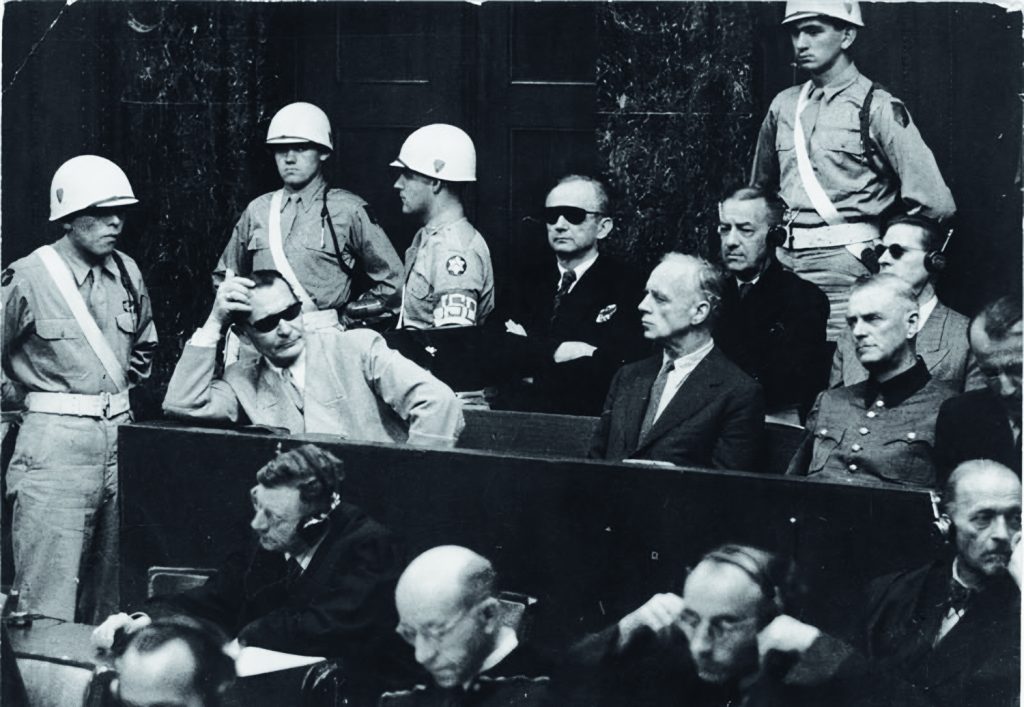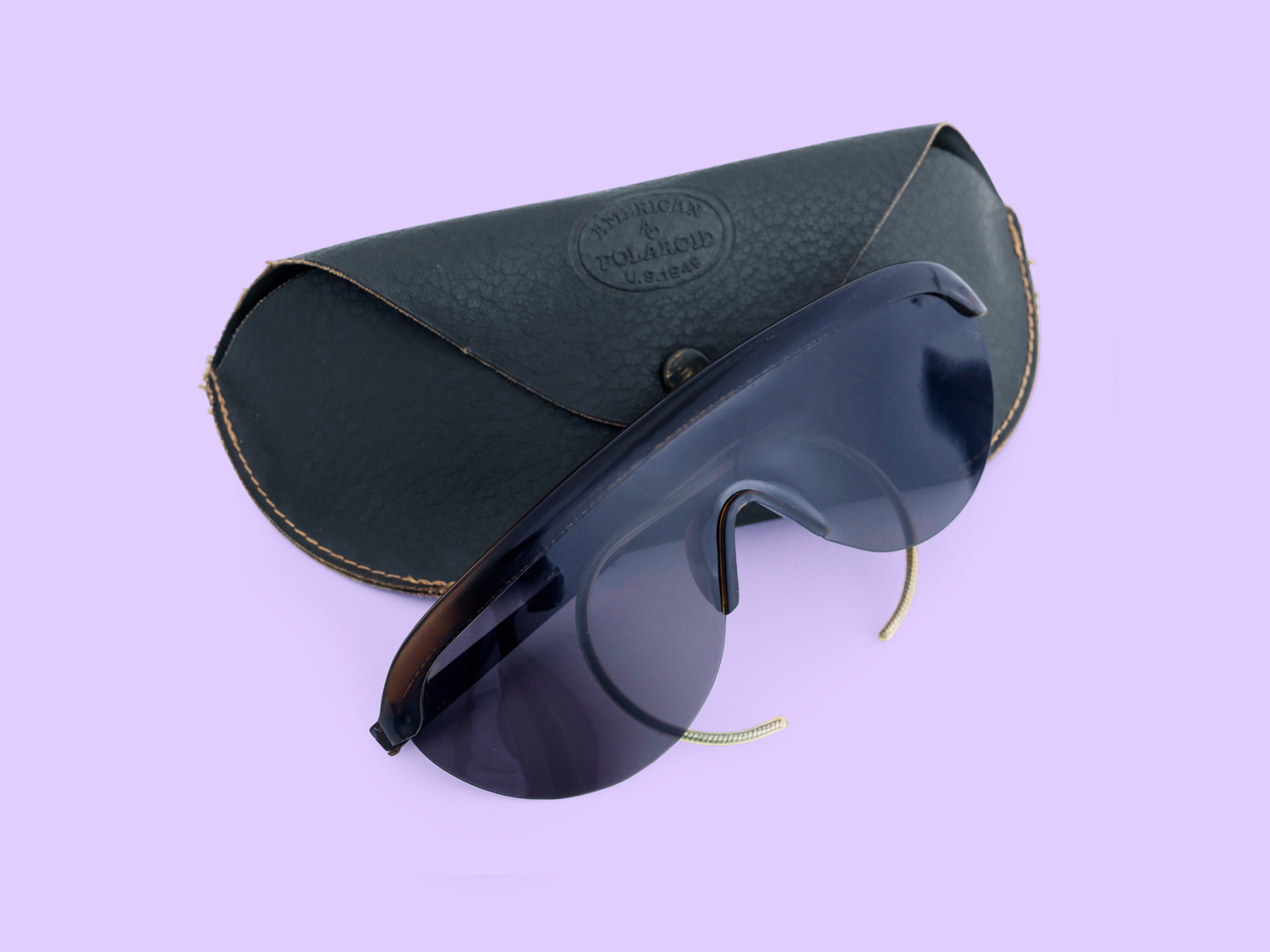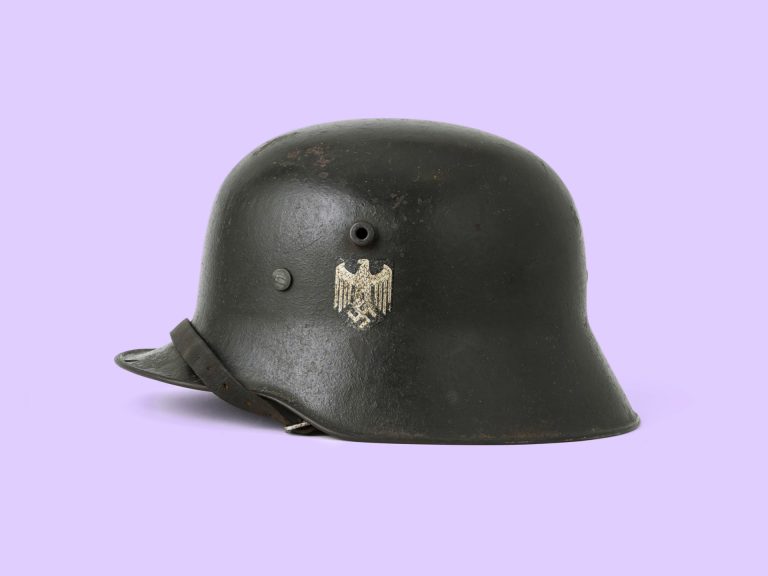The first time an international court rules on violations of international law
The victorious Allies convened the International Military Tribunal in 1945 to prosecute senior leaders and office holders from the Third Reich accused of war crimes and crimes against humanity. Although the trials were located in Nuremberg mainly on grounds of pragmatism – the court rooms there were the largest intact courthouses in Germany – the location was also highly symbolic as it had been the centre of the mass party rallies held by the Nazi Party during the 1930s.
Starting on 20 November 1945, it was the first international criminal trial and marked the first time in history that individuals had been tried on the basis of international law. The 24 defendants included the Minister of Aviation Hermann Goering, Rudolf Hess as the Führer’s deputy, the Supreme Commander of the Wehrmacht Wilhelm Keitel and Reich Foreign Minister Joachim von Ribbentrop.
Sunglasses for the defendants
The courtroom was brightly lit to enable filming and photography. As such, the defendants were issued with sunglasses to prevent them from being dazzled and to forestall accusations that the arrangements had placed the defendants under undue pressure.
The sunglasses have lenses made of grey-tinted plastic with a reinforced top rim, a nose bridge and metal arms, and were issued in an olive-coloured oilcloth case. The embossed logo “American Polaroid USA 1945” points to the manufacturer. Although the US company Polaroid is primarily known as a manufacturer of cameras it also used to produce sunglasses.

Wearing sunglasses in the dock: Hermann Göring and Karl Dönitz Photo from the Nuremberg Trials, Anonymous, Germany, 1945 (Source: Bundesarchiv, Bild 183-V01732 / CC-BY-SA 3.0)
The judgement and impact of the Nuremburg Trials
The first trial against the senior Nazi war criminals ended in 1946 after almost a year. Of the 24 defendants, twelve were sentenced to death and seven to lengthy prison terms. The subsequent twelve trials between 1946 and 1949 saw a total of 185 defendants indicted for offences against international law. In addition to 35 acquittals, 24 death sentences and 118 prison sentences were handed down.
The Nuremberg Trials had a lasting influence on international law. Important principles were established according to which international trials are still conducted today. Known as the Nuremburg Principles, they have established the possibility of arraigning and punishing individuals under the aegis of international law. This also applies if the offence in question is not punishable under national law; members of national governments also do not enjoy immunity.
Property information
Designation
- Date 1945-1949
- Gallery The division of Germany
- Category Everyday Culture
- Origin USA
- Dimensions 20x5x10 cm (WxHxD)
- Material metal, plastic
Property information
Designation
- Datierung 1945-1949
- Epochenraum The division of Germany
- Kategorie Everyday Culture
- Herkunft USA
- Dimensionen 20x5x10 cm (WxHxD)
- Material metal, plastic

About the Deutschlandmuseum
An immersive and innovative experience museum about 2000 years of German history
Reading tips and links
Lifesaver? The German Steel Helmet in the First World War
German Tank Museum Munster
Lifesaver? The German Steel Helmet in the First World War
German Tank Museum Munster
Share article
Other objects in this collection
Discover history

Visit the unique Deutschlandmuseum and experience immersive history
2000 Jahre
12 Epochen
1 Stunde




